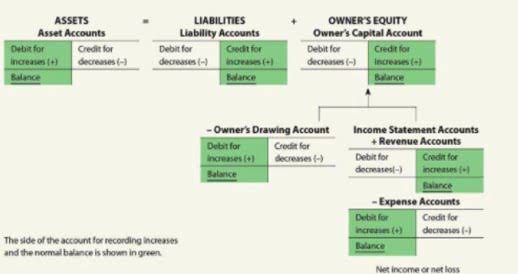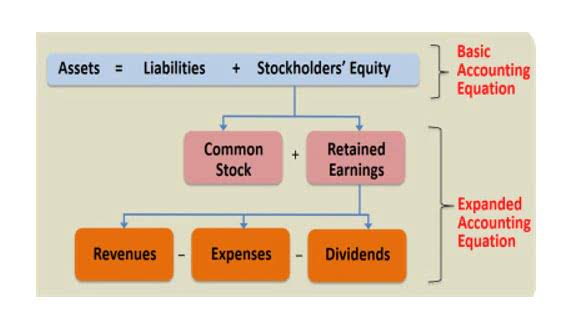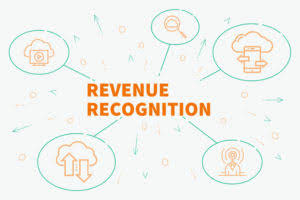Nonprofit Financial Audit: When To Get An Audit and the Process To Get It Done
An independent auditor can give your organization an outside perspective when you feel stuck. Audits give your nonprofit an excellent overview of where you need improvements. The IRS will audit your nonprofit Accounting Services for Nonprofits: Benefits and How to Choose the Right Provider if there are discrepancies in your tax reports, but instances of this are few and far between.
Auditing features to look for in a nonprofit accounting software
Utilizing platforms such as annual reports or social media can help organizations share their successes while remaining accountable to those who support them financially. Nonprofits should carefully review each finding and prioritize them based on their potential impact on operations or compliance. In addressing potential audit findings, nonprofits should develop an action plan that outlines specific steps to rectify any identified issues. This plan should include timelines for implementation, responsible parties for each action item, and mechanisms for monitoring progress.
Types of IRS Nonprofit Audits
If you have decided, based on requirement or choice, that your nonprofit organization will have an independent audit, a number of factors will determine the cost of the audit. Understanding these factors will help you negotiate audit fees and plan for the cost. During the audit, the auditor will request to speak to the management representative and selected staff or board members.
What is the purpose and goals of a nonprofit audit?
Regular audits will keep your Board of Directors and employees accountable for their decisions. You can find this by clicking on “Grants” on the navigation bar then selecting “Grants from the drop-down menu to look for the “Activity Log” tile. To find the status click on “Grants” on the navigation bar then select “Constituents” from the drop-down menu and lastly, open any constituent record to find their charity status and what other labels they may have. That kind of vision generally goes hand in hand with a more collaborative approach, addressing the organization’s operational needs rather than simply crunching the numbers.
- Our tool integrates with leading CRM tools to help you utilize this data to the max!
- You need to get started early (up to a year ahead of time, if you don’t already have a relationship with a CPA for your audits) to ensure everything runs smoothly.
- Choosing the right nonprofit auditor involves more than just finding someone who can perform the audit.
- If you are required to have an audit, then you will need to budget for the additional cost and time.
- This ensures compliance with legal requirements and enhances credibility among stakeholders.
- This step involves scrutinizing financial statements, budgets, and other relevant documents to ensure accuracy and completeness.
Review
It’s a comprehensive process that requires meticulous documentation and adherence to specific guidelines set by the Office of Management and Budget (OMB). The completion of an audit does not mark the end of a nonprofit’s responsibility for compliance and transparency; rather, it should serve as a catalyst for ongoing improvement in these areas. Nonprofits must establish a culture of accountability that permeates all levels of the organization.
- Nonprofits must comply with specific reporting and disclosure requirements to maintain transparency and accountability to stakeholders.
- Nonprofit audits also burnish a firm’s reputation with the general public from which a new generation of contributors may come.
- Unlike standard audits, nonprofit audits must check for compliance with specific regulations and requirements, including restrictions imposed by donors.
- This process involves reviewing the organization’s financial records, processes, and procedures to guarantee accuracy and adherence to legal requirements.
- This collaborative approach fosters a positive working relationship and ensures that auditors have everything they need to conduct a thorough review.
Nonprofit audits typically include evaluating internal controls, analyzing financial data, and assessing risks. It involves thoroughly examining the financial records, internal controls, and compliance with accounting standards. The goal https://nyweekly.com/business/accounting-services-for-nonprofits-benefits-and-how-to-choose-the-right-provider/ is to provide reasonable assurance that the financial statements are free from material misstatements. At the end of the audit, the auditor provides an opinion on the accuracy and reliability of your financial statements. This opinion can be unqualified (a clean opinion), qualified (with some exceptions), adverse (significant issues), or a disclaimer (inability to form an opinion due to lack of information). You should rely on audit findings to improve financial management, enhance internal controls, and make informed decisions.
It is essential for nonprofit leaders to engage their board of directors in this review process, as board members play a crucial role in governance and oversight. Choosing the right audit firm is a pivotal decision for any nonprofit organization. The ideal firm should possess experience working with nonprofits and a deep understanding of the unique challenges they face. When evaluating potential firms, organizations should consider factors such as the firm’s reputation, expertise in nonprofit accounting standards, and familiarity with relevant regulations. For instance, an audit may uncover discrepancies in financial reporting or highlight the need for improved internal controls.
- The auditor will assess the accuracy of your financial statements, examine your internal controls, and evaluate your compliance with relevant regulations through both financial audits and compliance audits.
- If applicable, mention the requirement for a Single Audit under the Uniform Guidance if your organization receives federal funds.
- Refer to the AICPA Audit and Accounting Guide for additional information and examples.
- Selecting an independent auditor is a critical step in the audit process for nonprofits.
- Sound financial practices demand that the enterprise works from a sufficient base of capital, a reality that an independent audit will confirm or question.
- Additionally, the audit might not benefit your organization as much as it potentially could with the right nonprofit audit service provider.
- If an organization is using off the shelf accounting software, such as QuickBooks for Nonprofits, it is likely more audit findings will be reportable.
When does the nonprofit audit become mandatory?
It is crucial to select a firm that not only possesses extensive experience in nonprofit audits but also has a deep understanding of both national and state-specific regulations. Such a firm can provide expert guidance on federal “Single Audit” requirements, ensure adherence to GAAP, and advise on the nuances of state-specific rules in Ohio, Georgia, or any other state where the nonprofit operates. A knowledgeable CPA firm can identify potential compliance gaps, assist with meticulous documentation, and help implement robust internal controls, ultimately streamlining the audit process and mitigating risks.















